Kargil Vijay Diwas 2023: Kargil Vijay Diwas honours the soldiers who fought under extremely challenging conditions, battling hostile terrain and adverse weather to defend the nation's sovereignty.

Kargil Vijay Diwas 2023: Kargil Vijay Diwas every year marks the victory of Indian soldiers in capturing the mountain heights that were occupied by the Pakistani Army. Pakistani forces, disguised as militants, infiltrated the Indian side of the Line of Control (LoC). It marked a significant escalation in tensions between the two nuclear-armed nations. India responded with a military operation to push back the intruders. The war witnessed intense battles at high altitudes, and both sides suffered significant casualties.
The conflict between India and Pakistan had major regional and international implications, and it ultimately resulted in India regaining control of the previously occupied territory. It's important to note that the Kargil War involved a combination of conventional warfare, mountain warfare, and aerial combat. Some of the weapons used in the Kargil War included:
- Small Arms: Rifles, machine guns, and other small arms were used by infantry units for close-quarter combat.
- Artillery: Both sides deployed various types of artillery, including howitzers and mortars, for long-range bombardment of enemy positions.
- Tanks: Armored units used tanks to provide firepower and support during offensive operations.
- Rockets and Missiles: Rocket launchers and short-range missiles were utilized for precise strikes on enemy positions.
- Helicopters: Both sides employed helicopters for troop transport, reconnaissance, and close air support.
- Fighter Aircraft: The Indian Air Force and Pakistan Air Force engaged in aerial combat, using fighter jets such as the MiG-21, MiG-29, Mirage 2000 (India), and F-16 (Pakistan).
- Unmanned Aerial Vehicles (UAVs): Both countries used UAVs for intelligence, surveillance, and reconnaissance (ISR) purposes.
- Anti-Aircraft Guns: Anti-aircraft guns were utilized to defend against enemy aircraft.
Weapons in Kargil Wars
Bofors FH-77B field Howitzer
Source: Wikipedia
A Swedish 155 mm howitzer known as Fälthaubits 77 or FH77 was designed and produced by Bofors. In India, it is also referred to as the Bofors gun informally. There were numerous variations, including the original (also known as the Haubits 77 A) with a barrel calibre of 38 with a sliding block mechanism and the export variant FH77 B with a barrel calibre of 39 and an interrupted ogival screw breech.
MiG-27
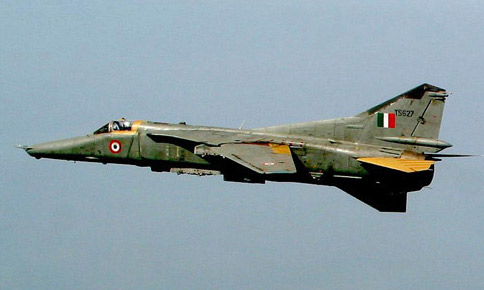 Source: Google
Source: Google
The Mikoyan MiG-27 is a variable-sweep ground-attack aircraft that was first developed by the Mikoyan-Gurevich design bureau in the Soviet Union and later licensed-produced in India by Hindustan Aeronautics as the Bahadur ("Valiant"). It is based on the fighter aircraft Mikoyan-Gurevich MiG-23 but has been modified for air-to-ground combat.
MIG 29
 Source: Google
Source: Google
A twin-engine fighter plane called the Mikoyan MiG-29 was created in the Soviet Union. The MiG-29 and the bigger Sukhoi Su-27 were created by the Mikoyan design bureau as air dominance fighters in the 1970s to compete with emerging American fighters like the McDonnell Douglas F-15 Eagle and the General Dynamics F-16 Fighting Falcon. In 1983, the MiG-29 was first used by the Soviet Air Forces.
Mirage 2000H
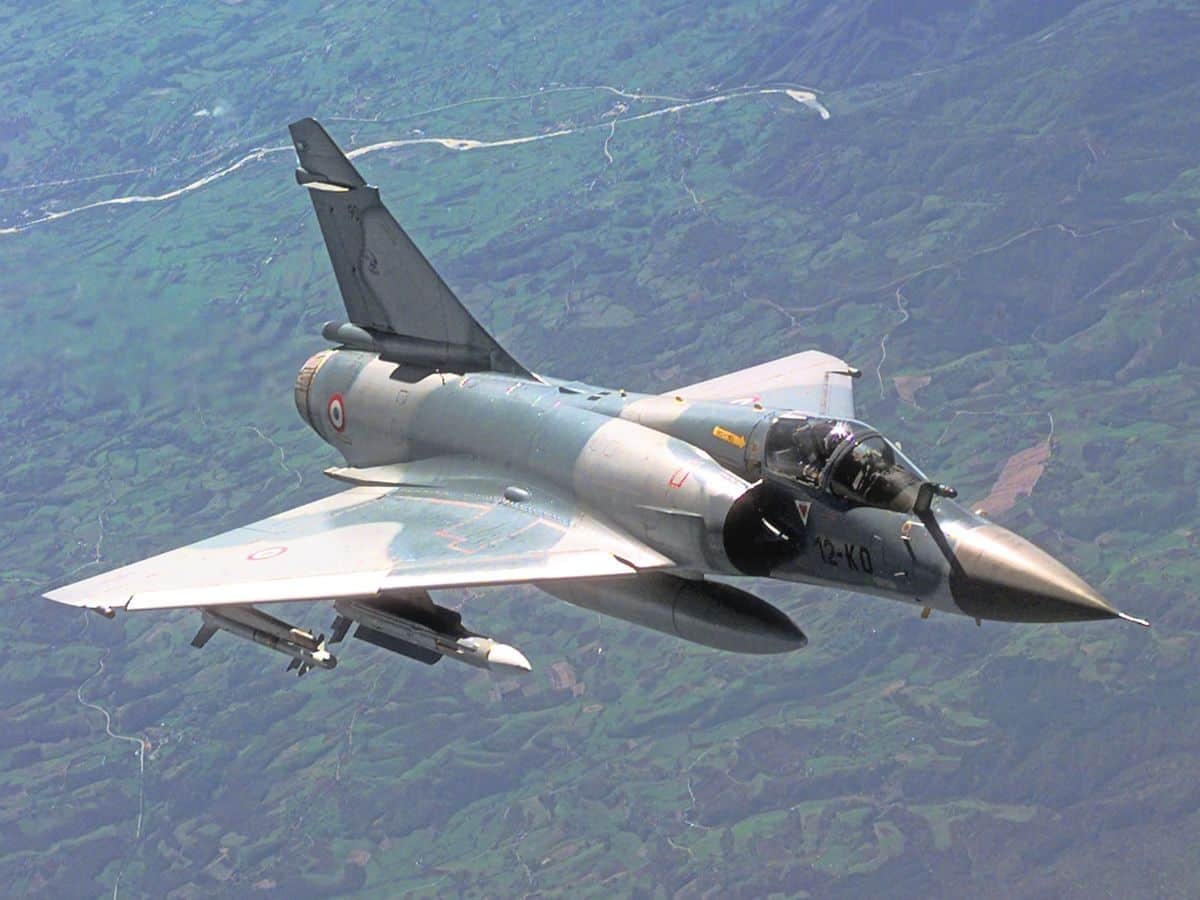 Source: Wikipedia
Source: Wikipedia
The Dassault Mirage 2000 is a French fourth-generation multirole jet fighter built by Dassault Aviation, with a single engine. It was created as a lightweight fighter in the late 1970s to take the place of the Mirage III for the French Air Force. With the development of multiple modifications and sales to several countries, the Mirage 2000 evolved into a multi-role aircraft. Later, it was upgraded to create the Mirage 2000-5, the Mirage 2000N and 2000D strike variants, and many export variants. Nine nations have used it in service, and more than 600 aircraft have been produced.
Laser-guided Bombs
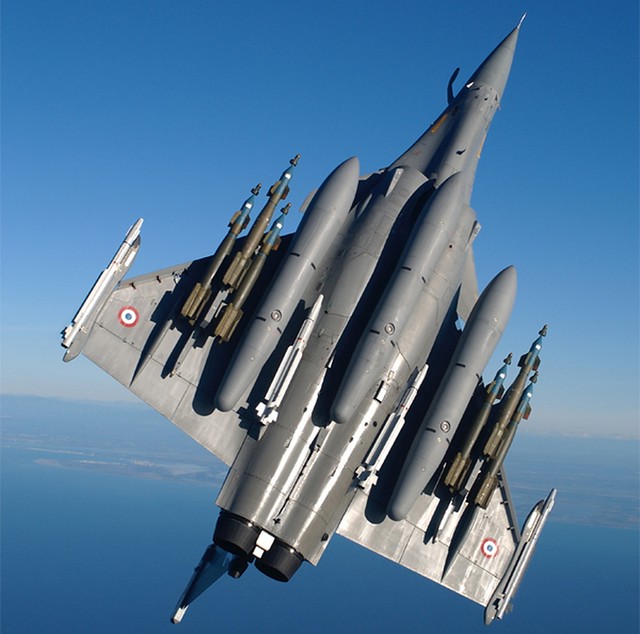 Source: Google
Source: Google
A guided bomb called a laser-guided bomb (LGB) is more accurate than an unguided bomb at hitting a target because it uses semi-active laser guidance. Laser-guided bombs were initially created by the United States during the Vietnam War, and they immediately showed their utility in pinpoint accuracy hits on challenging point targets. These weapons track targets that are identified by laser, usually in the infrared spectrum, and employ onboard electronics to modify their glide path to hit the target precisely.
Grenade Launchers
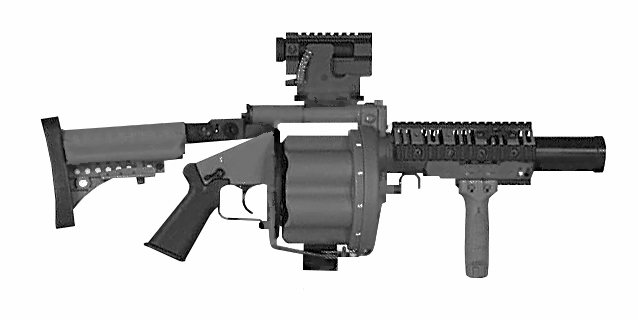 Source: Wikipedia
Source: Wikipedia
A guided bomb called a laser-guided bomb (LGB) is more accurate than an unguided bomb at hitting a target because it uses semi-active laser guidance. Laser-guided bombs were initially created by the United States during the Vietnam War, and they immediately showed their utility in pinpoint accuracy hits on challenging point targets. These weapons track targets that are identified by laser and employ onboard electronics to modify their glide path in order to hit the target precisely.
INSAS, SAF Carbine, AK-47
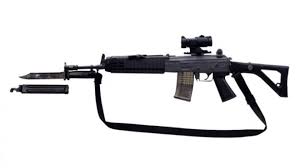
Source: firearm blogs
Infantry weapons belonging to the INSAS family include an assault rifle and a light machine gun (LMG). The Ordnance Facilities Board produced these weapons at its various facilities after the Armament Research and Development Establishment in India created them.
The SAF Carbine is a compact and lightweight semi-automatic rifle used by the Singapore Armed Forces (SAF). It is known for its reliability, ease of use, and versatility in various combat situations. The carbine is favoured for its accuracy and is widely used by Singaporean military personnel.
The 7.6239mm cartridge is chambered in the assault rifle known as the AK-47, or Avtomat Kalashnikova, which operates on gas. It is the original weapon of the Kalashnikov family of rifles, which was created in the Soviet Union by Russian small-arms designer Mikhail Kalashnikov.
This year marks the 24th anniversary of Kargil Vijay Diwas. The day pays tribute to the valour, sacrifice, and dedication of the Indian Armed Forces who displayed exceptional courage during the Kargil War of 1999. Kargil Vijay Diwas also serves as a reminder of the importance of national unity and the need to stand strong against any threats to the country's security.